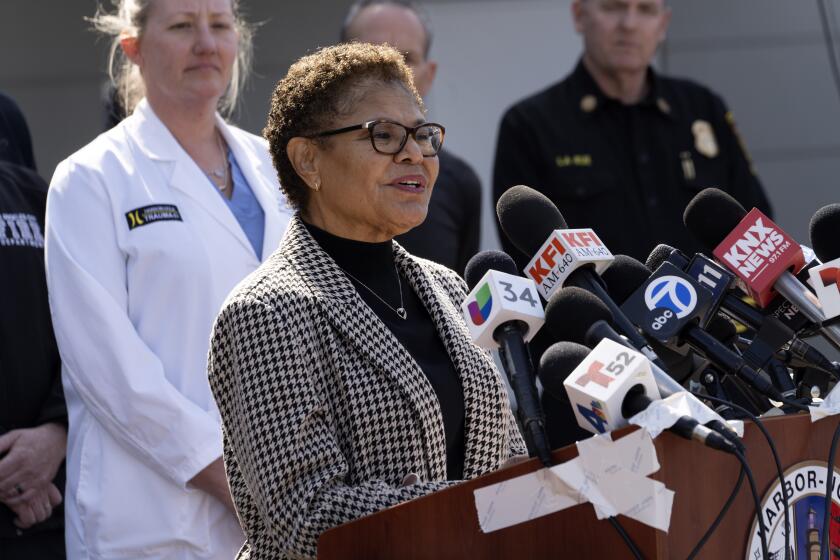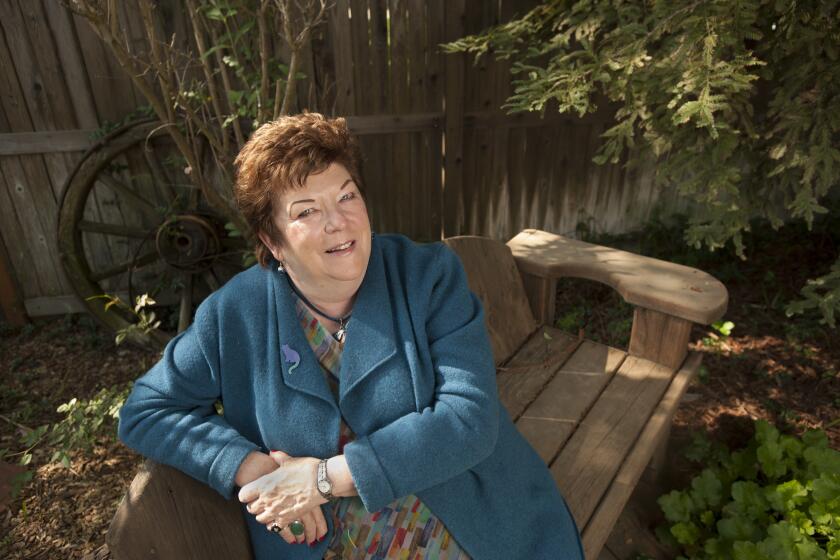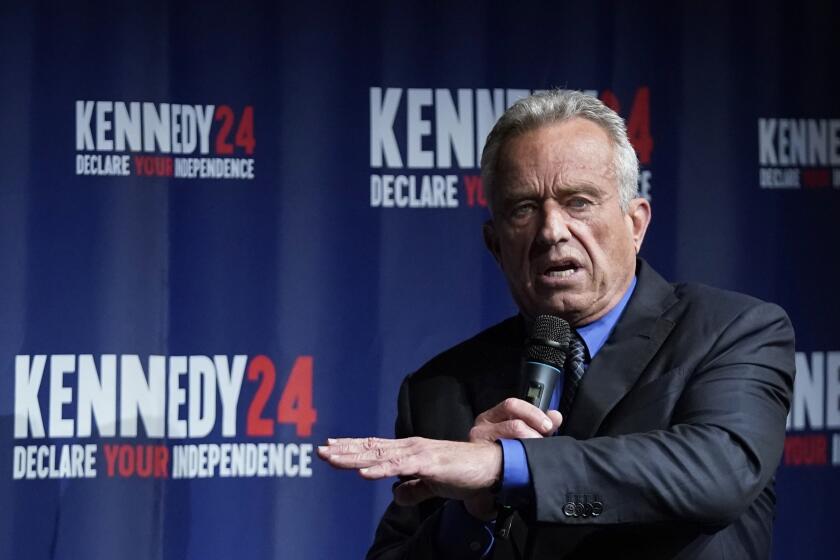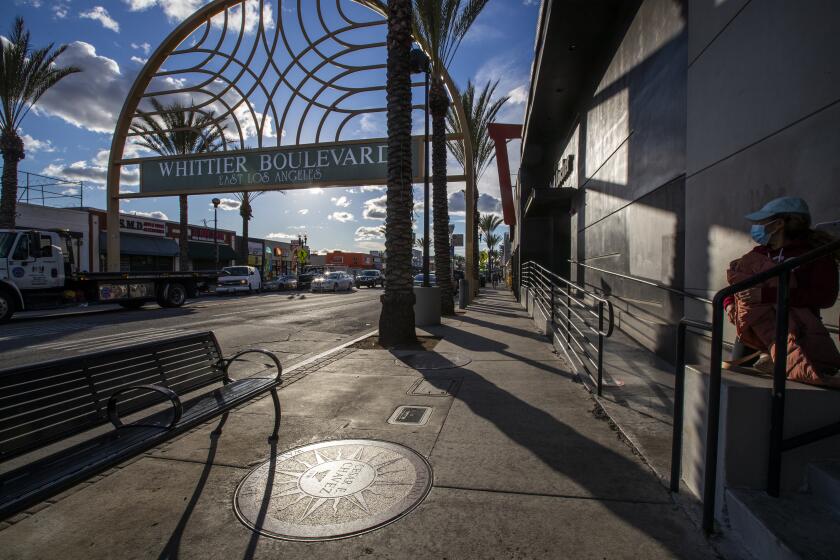Prisons Need Full Reform
Last summer’s legislative hearings on whether guards justifiably used deadly force in shootings at Corcoran State Prison had a highly partisan air. Now, however, a panel of two former police chiefs and a former FBI agent appointed by the Legislature has independently concluded that deadly force was wrongly used in two dozen of the 31 shootings at the Central Valley prison from 1989 to 1995.
Attending to the immediate problem, state Corrections Director Cal Terhune has promised to change prison shooting policy to give “the clearest possible guidance to the officers on the line.” But that’s not as bold as it might sound, for state policies already specify that guards must fire warning shots and take other precautionary steps before shooting at inmates--steps the Corcoran guards ignored.
Terhune needs to go further and pierce the code of silence that has allowed too many guards to use unneeded force with impunity. He should reward whistle-blowers like Steve Rigg and Richard Caruso, who endured scorn from fellow guards for speaking up about the inappropriate shootings, and punish the guards who violated the rules. Over the past several years, the Department of Corrections has disciplined only three officers in shootings.
The key to reform lies in overhauling the entire prison system--in particular, training guards in psychological techniques needed to defuse violent situations and expanding programs to reduce recidivism, as the state’s Little Hoover Commission urged early this year. California is plagued by the country’s highest rate of crime by former convicts. The root problem, say both liberal and conservative criminologists, is a system that has grown so fast that guards and prison officials cannot handle the number of convicts, which has more than doubled over the last decade.
Gov.-elect Gray Davis could start ushering in the systemic change recommended by both the state panel and the Little Hoover Commission by asking his advisors to work with the state Board of Corrections to draw up a master plan for reform. In addition, he could help improve the system through wise selections in appointing a new head of the Youth and Adult Correctional Agency, the body that oversees state corrections, and new prison wardens. Anticipating their candidate’s victory in the gubernatorial election, Democrats in the state Senate held up confirmation of 36 prison wardens appointed by Gov. Pete Wilson, a Republican. Davis should use his authority to bring in wardens from outside the state prison system who have both experience and innovative ideas for reform.
Last January, the Little Hoover Commission warned that “a larger percentage of California’s population is being incarcerated for less serious crimes, without the desired effect of increasing public safety once the inmates are paroled.” That’s because 90% of California prisoners are not locked up for life. Each year 110,000 are released with $200 in their pocket and a bus ticket that usually takes them back to the community where they committed their last crime.
Thus, as both the Little Hoover Commission and the state panel have made clear, the task now facing state leaders goes beyond protecting the rights of prisoners and prison guards. It’s about protecting the safety of all Californians.
More to Read
Get the L.A. Times Politics newsletter
Deeply reported insights into legislation, politics and policy from Sacramento, Washington and beyond. In your inbox three times per week.
You may occasionally receive promotional content from the Los Angeles Times.






